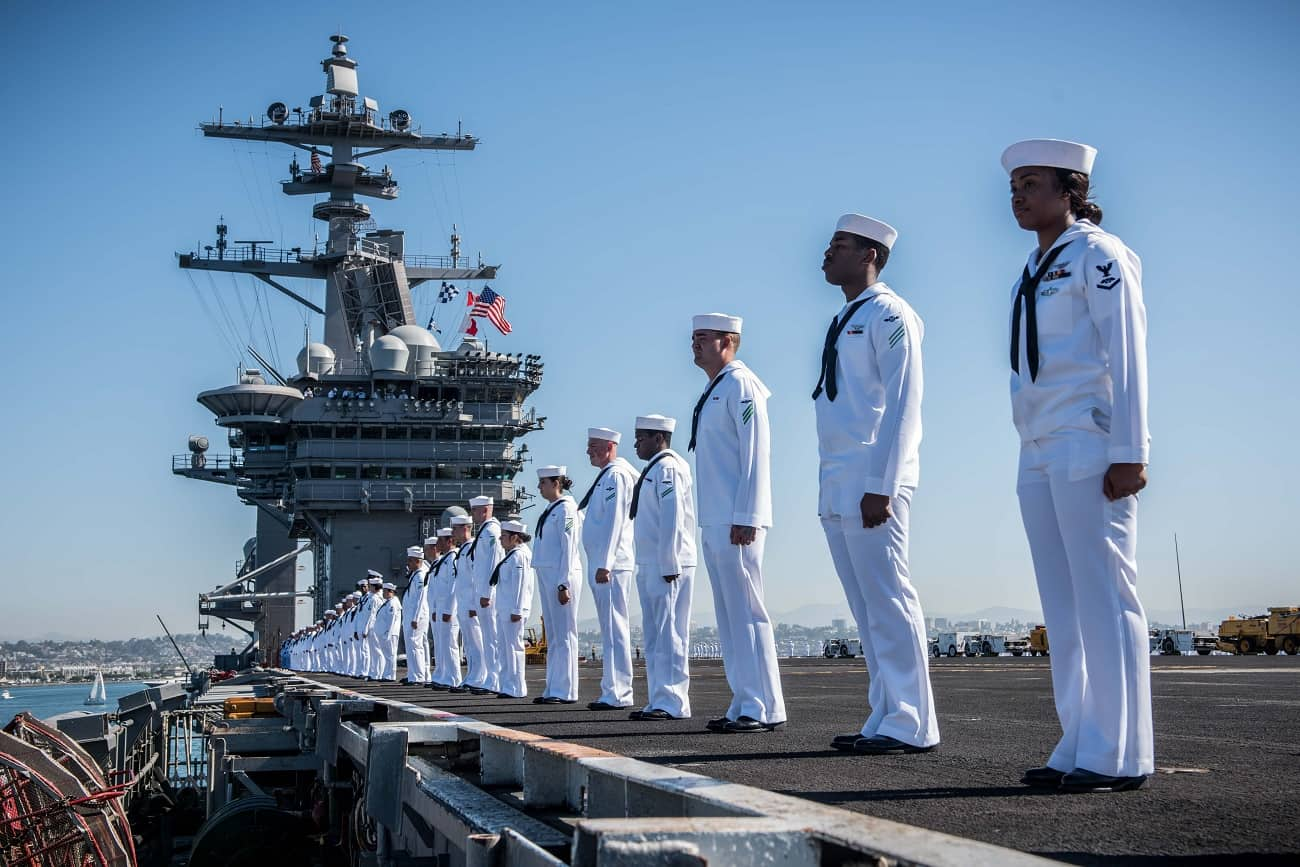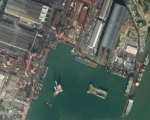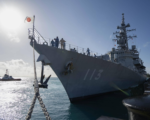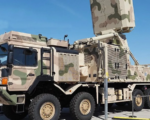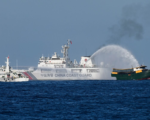The U.S. Navy’s recent deployment of the AIM-174B, a groundbreaking air-to-air missile with an unprecedented range of 400 kilometers, is poised to reshape military strategies in the South China Sea, an area marked by high tensions and competing territorial claims. This new missile, developed from the Raytheon SM-6 air defense missile, offers significant advantages, including its compatibility with existing production lines and its ability to be integrated with Australian military aircraft. Crucially, it surpasses the range of China’s PL-15 missile, effectively extending the reach of U.S. jets and enabling them to target high-value Chinese assets from a safer distance.
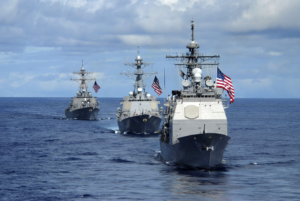
Historically, the U.S. relied on the AIM-120 AMRAAM, which has a maximum range of about 150 kilometers, necessitating that U.S. aircraft enter more dangerous, contested zones. This posed significant risks, especially in any potential conflict within the First Island Chain—a region that includes parts of Southeast Asia and stretches to Japan. The introduction of the AIM-174B shifts this dynamic by allowing U.S. forces to engage from beyond the reach of Chinese defenses, thus providing a strategic advantage in both defensive and offensive operations.
The AIM-174B’s extended range means that U.S. carrier groups can now protect their assets more effectively while maintaining the ability to launch long-range strikes against Chinese targets, including command-and-control planes. This development is likely to influence Chinese military strategy, potentially forcing their aircraft to operate further from their targets, reducing their effectiveness and increasing their vulnerability.
The missile’s development was driven by the need to counter the advancements in Chinese military technology, particularly the emergence of stealth aircraft like the J-20, which could previously threaten U.S. aircraft before they were within striking distance. The AIM-174B counters this by enabling U.S. forces to engage Chinese aircraft from beyond their effective range, thus restoring the U.S.’s strategic advantage.
Additionally, the AIM-174B’s use of existing SM-6 production capabilities ensures that it can be rapidly produced and deployed, further enhancing its strategic value. Although the U.S. Navy has not disclosed the exact number of AIM-174Bs to be produced or whether it will be supplied to allies, the missile’s introduction is already seen as a game-changer in regional military planning.
In summary, the AIM-174B’s introduction represents a significant shift in the balance of power in the Indo-Pacific region, with the potential to alter Chinese military behavior and reduce the risks for U.S. forces in a potential South China Sea conflict. This new capability underscores the ongoing arms race in the region and the strategic importance of maintaining technological superiority in modern warfare.


